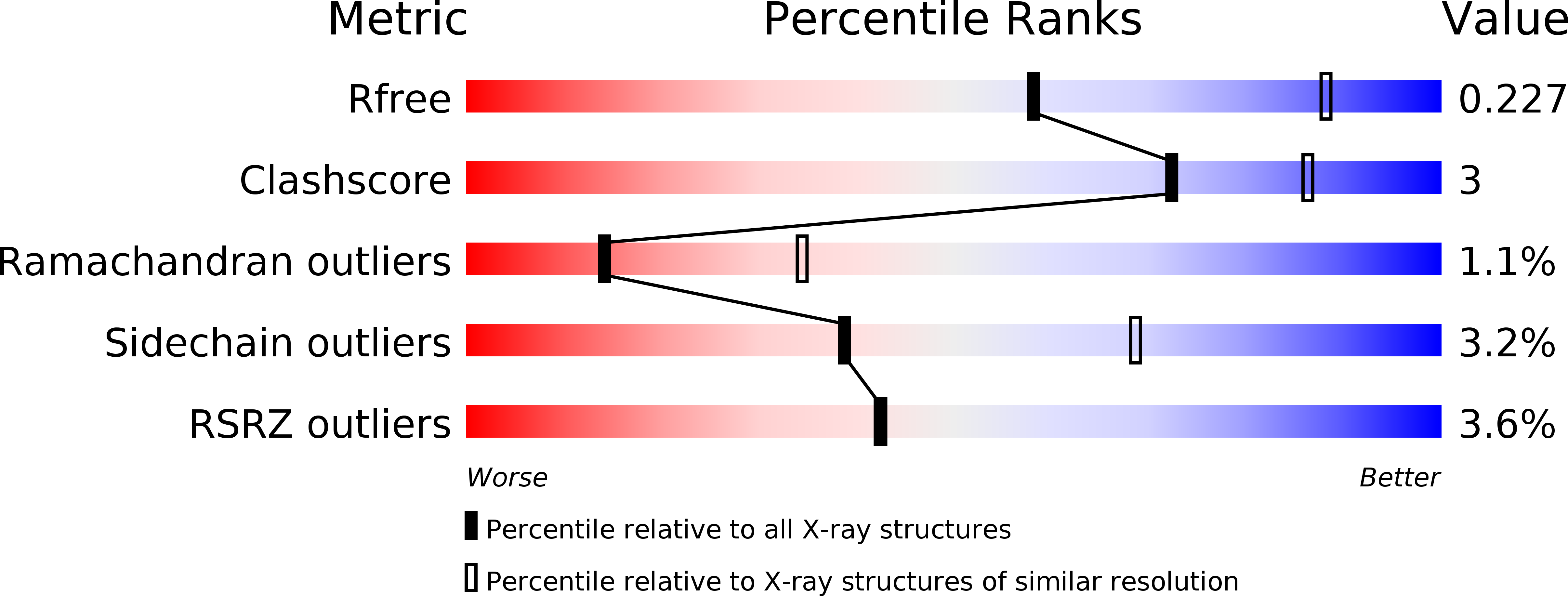
Deposition Date
2015-04-27
Release Date
2016-06-01
Last Version Date
2024-11-13
Method Details:
Experimental Method:
Resolution:
2.69 Å
R-Value Free:
0.22
R-Value Work:
0.18
R-Value Observed:
0.19
Space Group:
C 1 2 1


